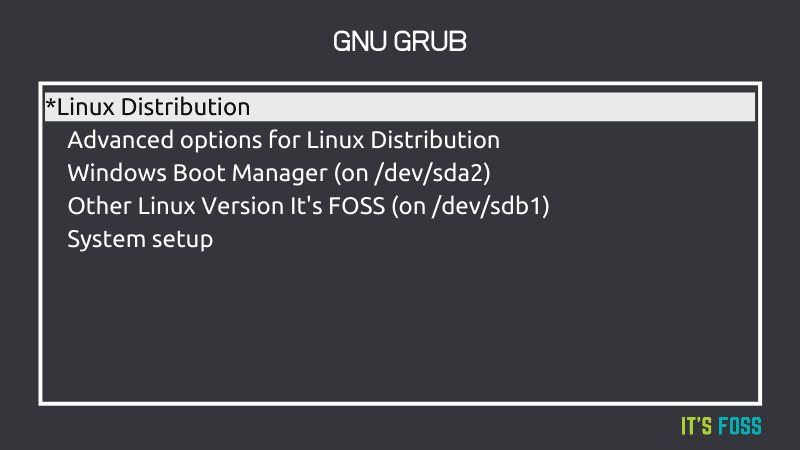chatgpt say and it works.
Identify Kali Linux Partition:
Use the following command to identify the partition where Kali Linux is
installed. This will help you determine the correct partition number (e.g.,
/dev/nvme0n1p2, /dev/sdb2, etc.) for later steps.
sudo fdisk -l
sudo mkdir /mnt/kali
sudo mount /dev/sdXY /mnt/kali
sudo mount --bind /dev /mnt/kali/dev
sudo mount --bind /sys /mnt/kali/sys
sudo mount --bind /proc /mnt/kali/proc
sudo chroot /mnt/kali
update-grub
exit
sudo umount /mnt/kali/dev
sudo umount /mnt/kali/sys
sudo umount /mnt/kali/proc
sudo umount /mnt/kali

Comments
Post a Comment